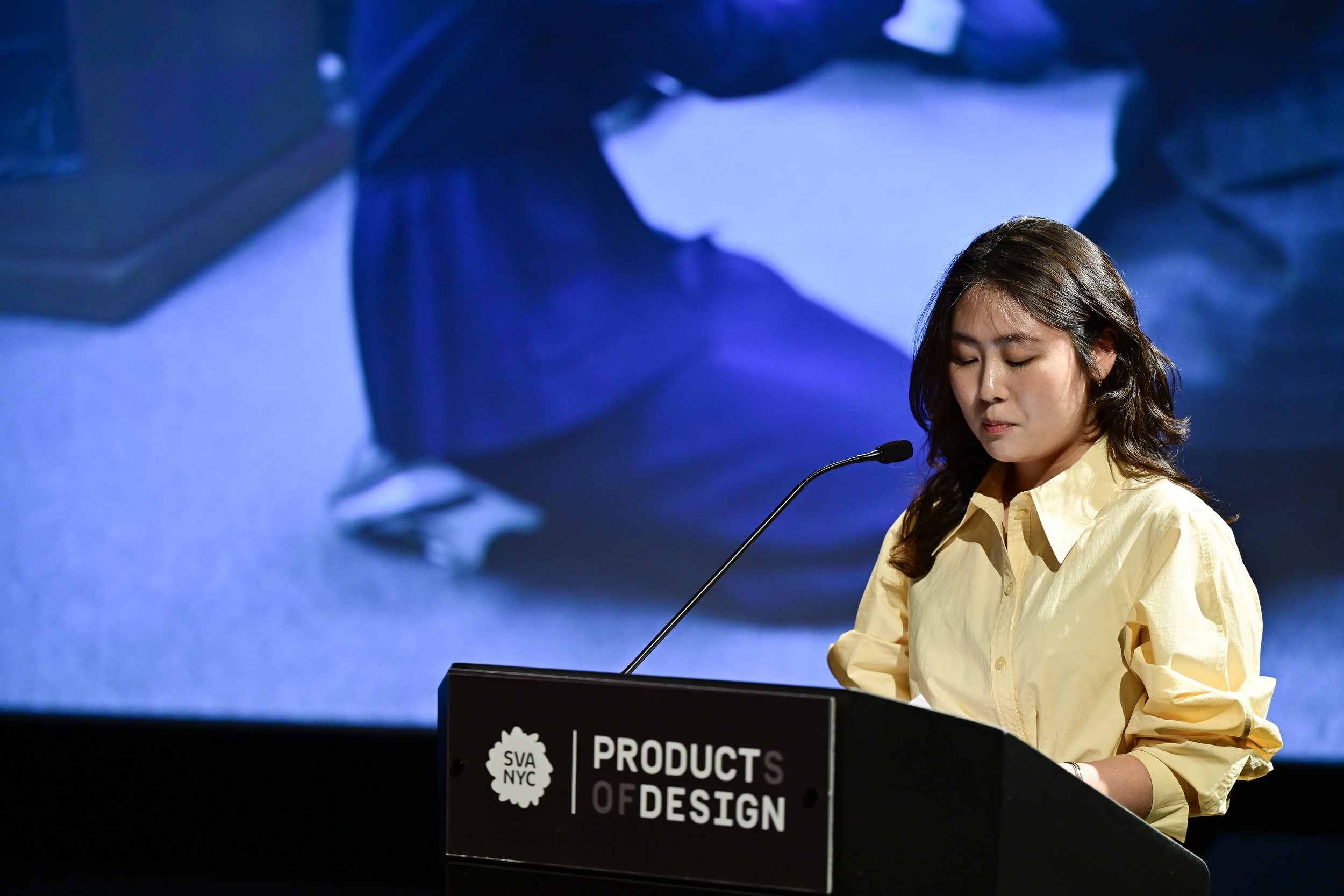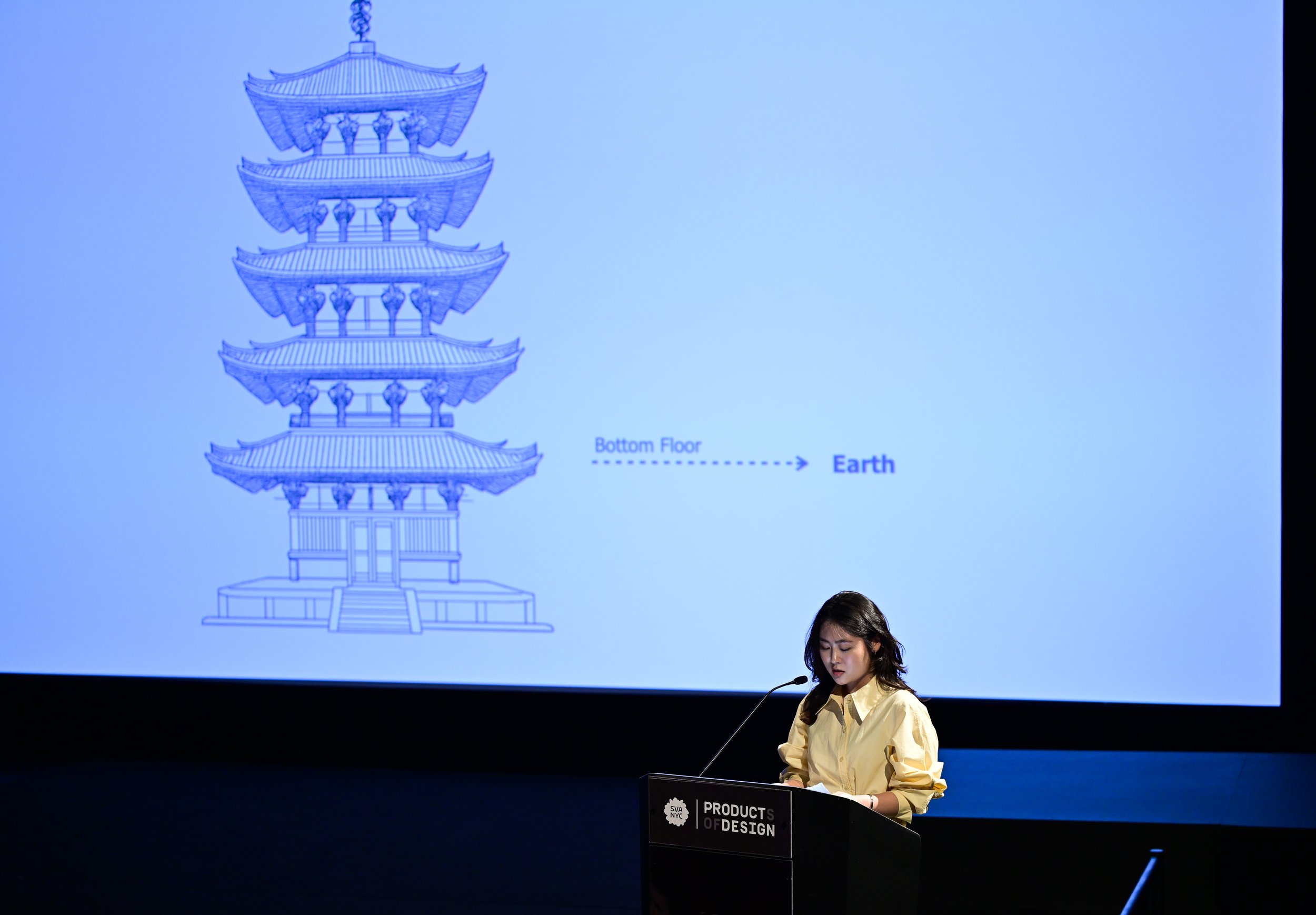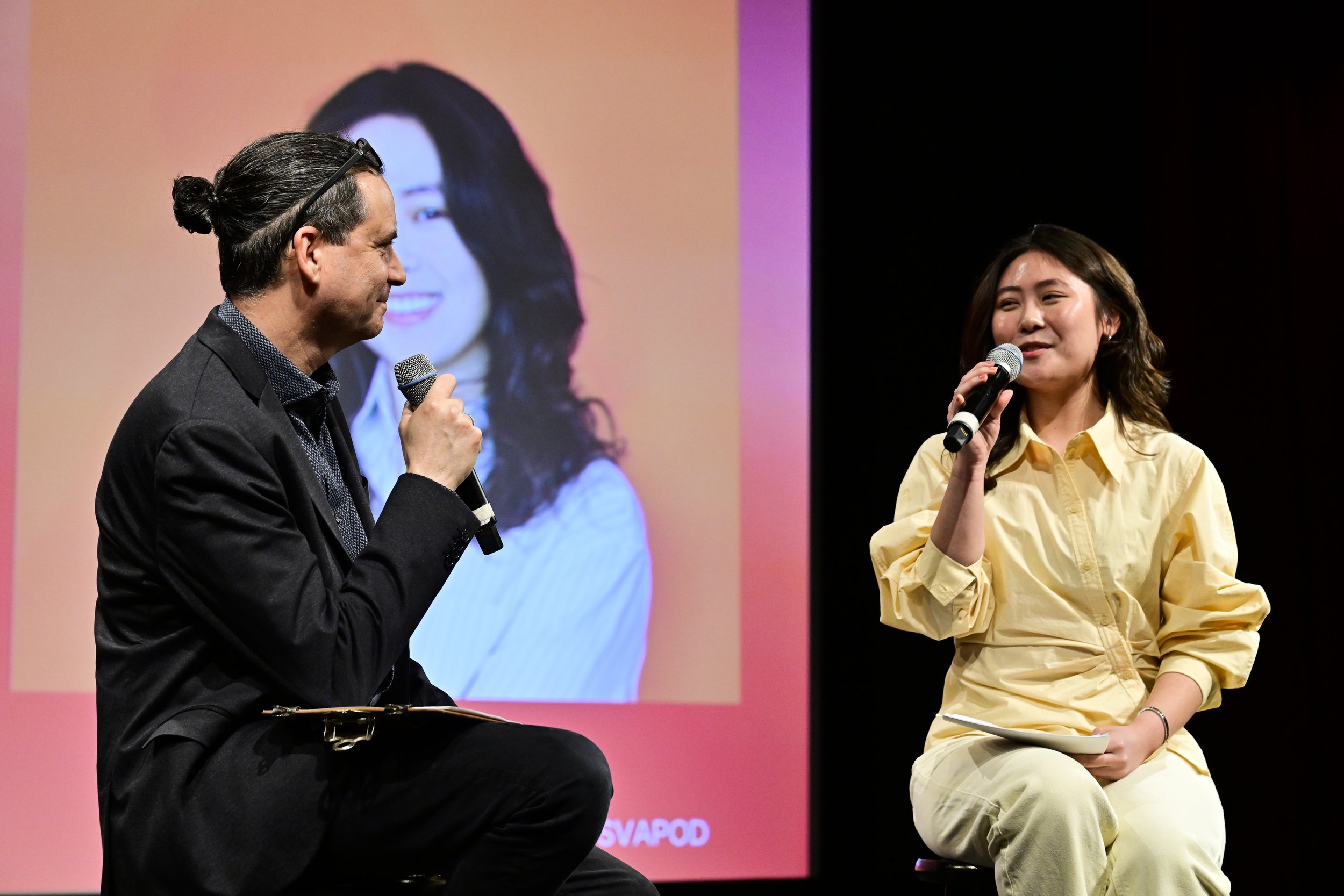B-longing: A design approach to finding identity & Heritage for international adoptees
Hyotae (Haley) Kim’s thesis, B-longing: A Design Approach to Finding Identity and Heritage for International Adoptees, explores design solutions to help international adoptees reconnect with their identity and heritage. Recognizing the challenges adoptees face in tracing their origins, my work focuses on developing tools that preserve crucial information about their background. By integrating thoughtful design with technology, Haley’s thesis aims to create products that facilitate self-discovery, cultural connection, and a sense of belonging.
How might we bridge the gap between curiosity about one’s heritage and practical ways to connect with it?








Discovery: Stack to Story
Many international adoptees, especially in early childhood to adolescence, lack access to culturally relevant resources and support systems. This gap often leads to disconnection from their heritage during key developmental years. In response to this, Haley developed Stack to Story, an interactive learning tool that helps young international adoptees build a personal connection to their birthplaces through play. Designed for adoptees, their families, and educators, it uses themed flip-books and color-coded wooden blocks to introduce elements like local infrastructure and food. Children create sentences by matching blocks to images, making learning a tactile and imaginative experience. By transforming cultural education into hands-on storytelling, Stack to Story fosters a deeper sense of belonging and cultural awareness in a way that’s both fun and meaningful.
“We could’ve done more to teach her about Kazakhstan; it’s a gap I deeply regret.”
—Mr. Burkhardt, Adoptive parent
Stack to Story helps young international adoptees form a tangible connection to their birthplaces through interactive learning, fostering a sense of belonging and cultural awareness.
Belonging: Anchor
Many international adoptees need more than just answers, they need tailored resources, mentorship, and safe spaces for open conversation. These are essential for supporting the unique challenges adoptees face in exploring their identity. Yet today, many still lack: (1) meaningful guidance through identity struggles, (2) safe environments to share personal experiences, (3) access to mentors who understand their journey, and (4) tools designed specifically for their needs. In response, Haley created Anchor, a digital platform designed specifically for young international adoptees to explore their identity, connect with mentors, and build a genuine sense of belonging.
How might we support young adoptees in who they are and where they come from?
Centered on adoptee experiences and created by adoptees themselves, Anchor offers personalized matching, guided discussions, and private community spaces free from the noise and pressure of traditional social media. By fostering deep, supportive connections between adoptees of different ages, it transforms isolation into empowerment and creates a space where identity can be safely explored and celebrated. Anchor provides young international adoptees with a structured support system to explore their identity, connect with mentors, and build a sense of belonging in a safe and tailored digital space.
"If I’d had someone to look up to, another adoptee who'd walked this path, maybe I wouldn’t have felt so alone.”
—Erin, Adoptee from China
Reflection: The Blooming Path
80% of international adoptees were questioning whether their sense of belonging felt lost or alone. Haley set out to create an experience that addressed the question, How might we create safe spaces for adoptees to process their emotions about identity and heritage? The Blooming Path is an immersive, interactive experience designed for international adoptees and anyone navigating identity-related struggles. It offers a reflective space where participants can anonymously share personal stories like leaving a voice message for someone else on a similar journey. By inviting vulnerability and connection, The Blooming Path normalizes uncertainty and frames identity as a continuous, evolving process. Its participatory nature transforms introspection into shared understanding, helping individuals feel seen, supported, and less alone.
How might we create safe spaces for adoptees to process their emotions about identity and heritage?
“Being an adoptee in America shaped my identity, making me feel ‘other’ due to my appearance and lack of diversity.”
— Haili GL, Adoptee from China
Reconnection: RooT
While current existing platforms have helped many explore their roots, they often fall short for adoptees. DNA matching depends on others being in the system, leaving many stuck waiting. These platforms rely only on genetic data, missing key clues like facial features or adoption records. Most importantly, they offer little support for the emotional complexity of adoption. For adoptees, finding a biological family isn’t just science—it’s about identity, belonging, and reclaiming a missing piece of their story. That’s why Haley created RooT, an AI-powered platform designed to help international adoptees and biological families reconnect, especially when traditional DNA testing falls short.
How might we design community-based programs that encourage adoptees to build supportive relationships?
By combining facial recognition, voice analysis, and adoption record tracking, RooT offers a more inclusive and accurate search experience. Beyond advanced matching, it provides a secure space for communication, real-time updates, and emotional support resources making the often complex and emotional journey of reunion more accessible, thoughtful, and human-centered.
"Sometimes it feels like I’m looking for a ghost when I search for my birth family."
-Kim, Adoptee from South Korea
RooT empowers adoptees and biological families to reconnect by expanding search methods beyond DNA testing, addressing the unique challenges of adoptee searches with AI-driven tools.
For a deeper look into Haley’s thesis process, research, and reflections, explore the following links:
Thesis Repository on Notion – a comprehensive archive of Haley’s thesis development
haleykdesign.xyz – Haley’s website










